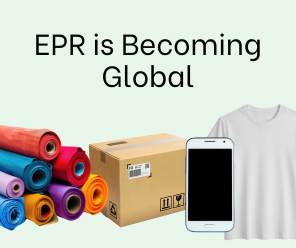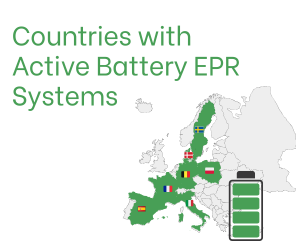6 main requirements to be ready for GPSR
6 main requirements to be ready for GPSR
EU introduced new safety requirements for all non-food products placed in the European Market. This will influence all e-commerce sellers, marketplaces, and importers. According to this new rules all goods are seen either as Harmonised products (goods which regulated at EU level for ex. CE marked goods) and other Non-harmonised products (goods for which no special rules have been introduced). These new GPSR (General Product Safety Regulation) rules cover Non-harmonised products.
There are 6 main requirements of the new legislation:
1. Online Listing Requirements
For online sales “offer” of the product must include:
- Details of the manufacturer;
- Details of responsible person in the EU;
- Information to identify the product a product picture and any other information needed to identify the product in their online listings;
- Any warnings and safety information in the language of the country of sale. This information should include but is not limited to, CE marks, energy labels, toy safety warnings, chemical hazard warnings, and any other warning or safety information that is affixed to the product or packaging, or included in an accompanying document.
2. Marketplace GPSR obligations
Amazon, Joom, Aliexpress, Etsy and other marketplaces has implemented safety standards and will report any product safety issues with the products sold on their platforms to the Safety Business Gateway.
How do marketplaces ‘enforce’ compliance?
- Request test reports;
- Request compliance documents (e.g. DoC declaration of conformity, Children’s Product Certificate) and compare to the test report;
- Check Product Label Images;
- Check Packaging Label Images;
- Request supplier invoice and compare it to the test report/compliance documents.



